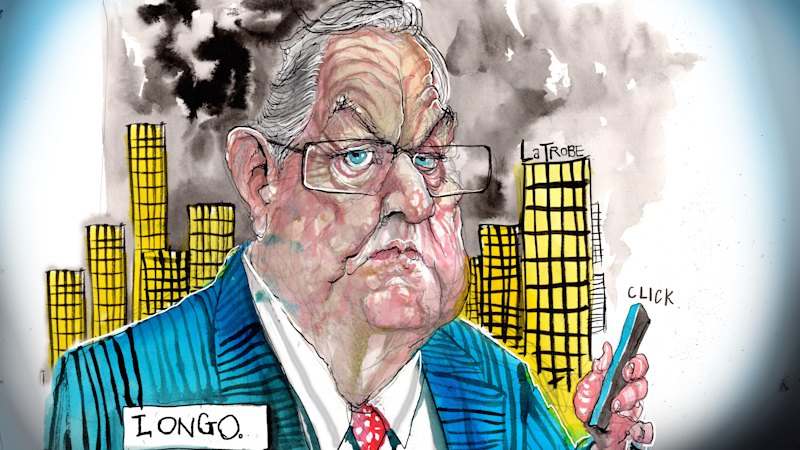
UPDATE: An urgent report from the Australian Securities and Investments Commission (ASIC) has brought to light significant liquidity risks in Australia’s booming private credit market, valued at $200 billion. The revelations come as concerns escalate over the potential impact on the nation’s superannuation funds, which have allocated up to 25 percent of their assets to unlisted investments, including private credit.
The report, released earlier today, highlights the alarming lack of transparency and industry standards within this “Wild West” sector. As private credit has surged 500 percent over the past decade, ASIC Chairman Joe Longo warns of systemic risks that could lead to devastating consequences for Australian investors.
ASIC’s findings indicate a troubling inconsistency in how default is defined across the industry. For instance, La Trobe Financial considers a loan in default if it is 30 days past due, while other firms have varying criteria based on formal processes or monetary obligations. This ambiguity raises serious concerns about the true health of the sector.
Commissioner Simone Constant emphasized that while growth in private markets is essential for the economy, the opaque nature of the industry poses significant challenges. “Unexpected shocks, be they liquidity or operational events, could force super funds to act quickly, potentially amplifying stress,” she stated. With ASIC currently monitoring 28 private credit funds, the urgency for regulatory action is mounting.
The report also reveals that less than half of the surveyed funds have established detailed policies for credit management and default processes. Shockingly, only four funds disclosed interest rate ranges charged to borrowers, and only two performed essential stress testing for liquidity risk management.
Longo has expressed a desire to allow the private capital sector to self-regulate but acknowledges the pressing need for formal oversight. The lack of a unified industry voice complicates the establishment of effective regulations, which could leave investors vulnerable in the face of potential crises.
With the Australian funds now reportedly reaching their limits for investment in private and illiquid assets, the landscape of superannuation management is shifting dramatically. What was once a theoretical risk is now a pressing reality, as the building retirement wave collides with increasing superannuation flows to wealth management platforms.
The implications of these developments are profound. As Australian investors grapple with the potential fallout from private credit’s rapid expansion, the call for accountability and clear standards has never been more urgent. The future of super funds and the financial security of countless Australians hang in the balance.
The coming weeks will be crucial as ASIC continues to evaluate risks and potential regulatory measures. Investors and stakeholders are advised to stay alert to further announcements and developments in this rapidly evolving landscape.





